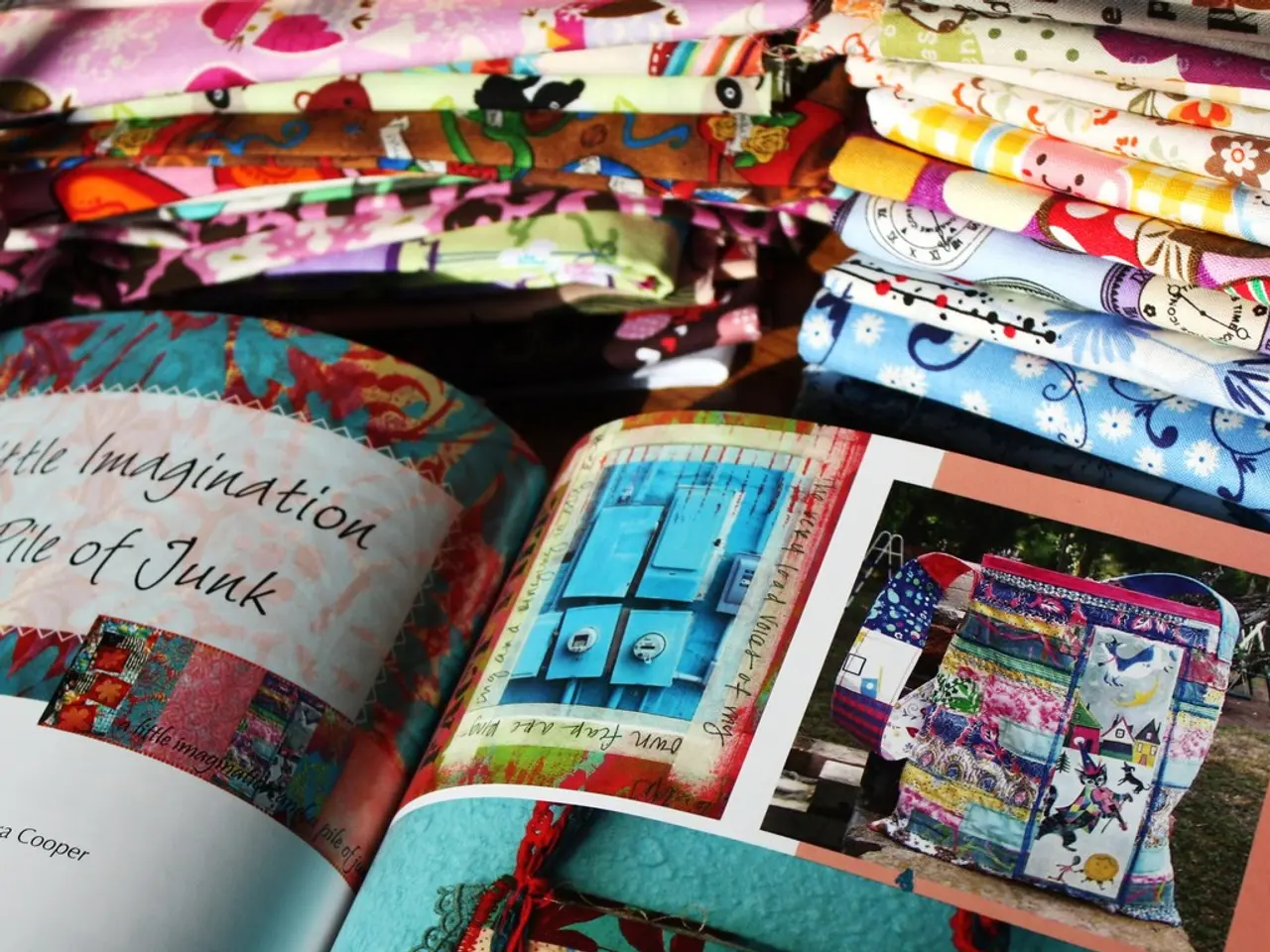Experiencing the manifestation of trauma bonding in romantic connections.
Traumatic bonds, a complex phenomenon, can develop in romantic relationships when individuals experience a cycle of abuse and intermittent kindness. These bonds are chemically addictive and can significantly alter brain chemistry, leading to deep dependency on the abuser.
Trauma bonding should not be confused with trauma dumping, which refers to oversharing intensely personal and unsolicited subject matter with friends, peers, or even strangers. Trauma bonding, on the other hand, is based on fear and abuse-fuelled codependency.
The strength of trauma bonds in romantic relationships is primarily contributed by several psychological and behavioral factors. Repetitive abuse or trauma creates a cycle where the victim experiences ongoing harm but also intermittent kindness or remorse from the abuser. This pattern fosters confusion and deep dependency on the abuser for love and validation.
Intermittent reinforcement, or unpredictable cycles of punishment and reward, strengthens the emotional attachment. The victim becomes psychologically conditioned to cling to the abuser despite harm, due to the hope or experience of occasional positive treatment.
Power imbalance in the relationship makes the victim more susceptible to trauma bonding since the abuser holds control over emotional or physical safety, intensifying dependency.
Victims may unconsciously bond as a way to cope with and survive the abusive or high-stress environment, perceiving attachment to the abuser as a source of security or protection even when harmful. Fear of abandonment and low self-worth often underlie trauma bonds, as victims might tolerate pain to avoid loneliness or rejection, strengthening painful emotional ties.
Individual factors, including childhood neglect or insecure attachment patterns, influence how strongly someone bonds in abusive romantic relationships, sometimes activating trauma-like brain responses similar to PTSD after relationship dissolution.
Abusers may convince their partner that they are responsible for their own pain and suffering. Abuse in a relationship is usually a state of emergency that requires immediate help and support from loved ones. Low self-esteem may play a role in trauma bonding, as victims may feel they need the abuser for emotional fulfillment, financial survival, or safety. Verbal and physical abuse can start to chip away at someone's confidence and self-esteem.
It's crucial to remember that abuse is not love and is grounds for someone to leave their relationship. Traumatic bonds may make it hard for people suffering from abuse to leave due to the hope of a "breakthrough" with the abuser. However, seeking help from a mental health professional is more likely to provide long-term solutions and coping strategies as you begin to heal after leaving an abusive relationship.
Those who've suffered from childhood abuse, or who have pre-existing mental health issues, may be at increased risk of being in a trauma-bound relationship. It's essential to be aware of these risks and seek support if needed.
- traumatic bonds in romantic relationships can also develop due to the intermittent kindness and intermittent reinforcement, which can lead to deep dependency on the abuser in areas beyond just mental health, such as health-and-wellness and lifestyle;
- the fear and abuse-fuelled codependency in trauma bonding can affect not just the mental health of the victims but also their relationships and love-and-dating lives, as they might tolerate harm to avoid loneliness or rejection;
- individual factors like childhood neglect or insecure attachment patterns can contribute to the strength of trauma bonds, potentially impacting the overall health-and-wellness and mental-health of the victims even after leaving the abusive relationship.




